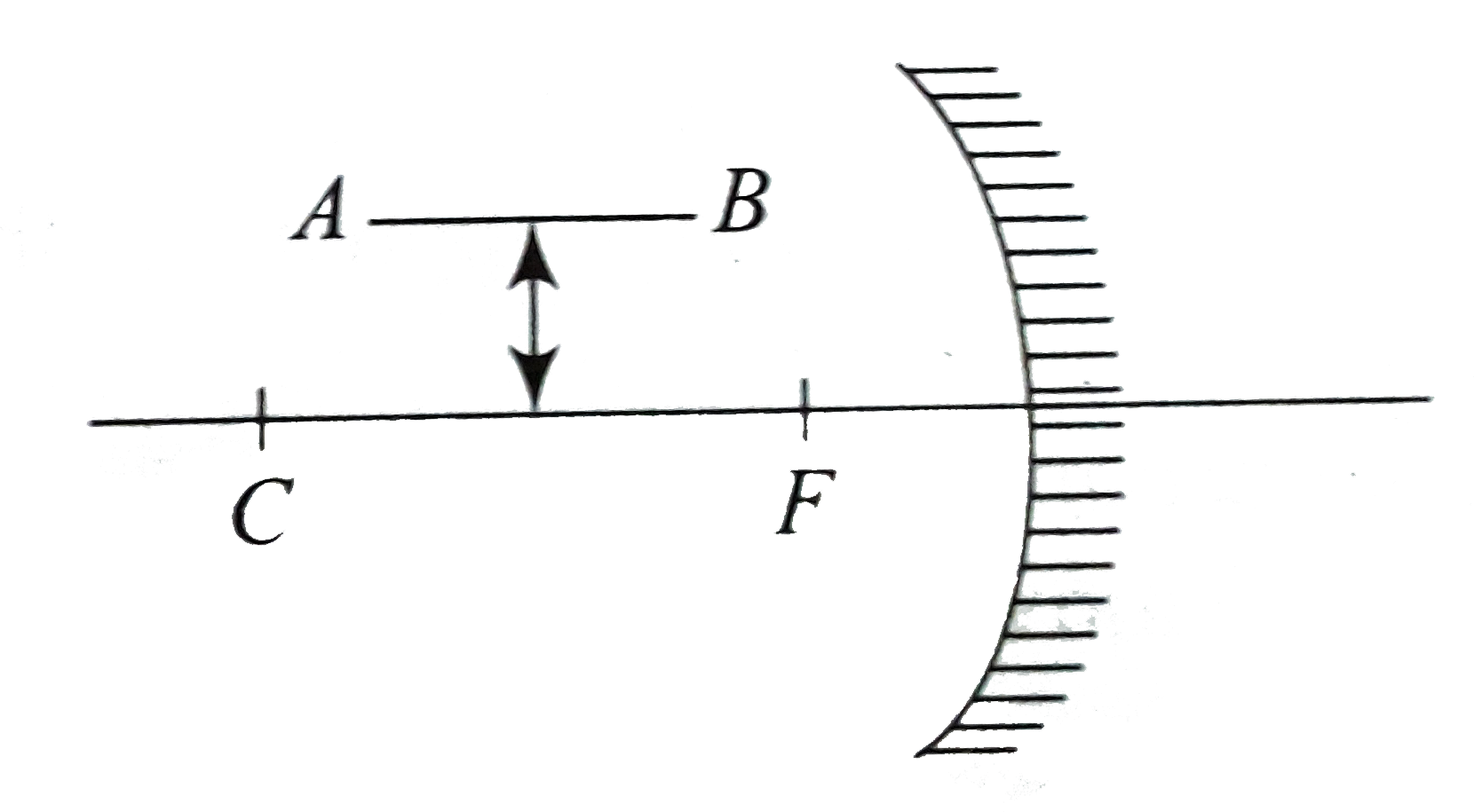When the object is placed far off, the image will be formed at the ............. (focus, centre of curvature)
To solve the question, "When the object is placed far off, the image will be formed at the ............. (focus, centre of curvature)", we can follow these steps:
Step 1: Understand the Position of the Object
- When we say the object is placed "far off," it means that the object is at a very large distance from the mirror, often considered as being at infinity.
Step 2: Identify the Nature of Light Rays
- Light rays coming from an object placed at infinity are parallel to each other. This is because the distance is so great that the rays can be treated as parallel lines.
Step 3: Analyze the Reflection of Light Rays
- When these parallel rays of light strike a concave mirror, they reflect off the surface of the mirror. According to the laws of reflection, parallel rays incident on a concave mirror will converge at a specific point after reflection.
Step 4: Determine Where the Rays Converge
- The point where these parallel rays converge after reflection is known as the focus of the mirror. Therefore, when the object is placed far away, the image is formed at the focus.
Step 5: Conclusion
- Based on the above reasoning, the correct answer to the question is "focus."
Final Answer
- When the object is placed far off, the image will be formed at the focus.
---
- When we say the object is placed "far off," it means that the object is at a very large distance from the mirror, often considered as being at infinity.
- Light rays coming from an object placed at infinity are parallel to each other. This is because the distance is so great that the rays can be treated as parallel lines.
- When these parallel rays of light strike a concave mirror, they reflect off the surface of the mirror. According to the laws of reflection, parallel rays incident on a concave mirror will converge at a specific point after reflection.
- The point where these parallel rays converge after reflection is known as the focus of the mirror. Therefore, when the object is placed far away, the image is formed at the focus.
- Based on the above reasoning, the correct answer to the question is "focus."
- When the object is placed far off, the image will be formed at the focus.
Similar Questions
When the object is at centre of curvature of a concave mirror, its image is formed at the centre of curvature. ____
View SolutionAssertion: If object is placed at infinity, then a virtual image will be formed at first focus of a concave lens.
Reason: First focal length of a concave lens is positive.
View Solution
Knowledge Check
An object is placed 100 cm from a plane mirror how far is the image from the object?
A50cmB100cmC200cmD300cm
Draw ray diagrams showing the image formation by a concave mirror when an object is placed
(a) between pole and focus of the mirror , (b) between focus and centre of curvature of the mirror
(c) at centre of curvature of the mirror , (d) a little beyond centre of curvature of the mirror
(e) at infinity
View SolutionWhen an object is placed 15cm from a lens, a virtual image is formed. Mark the correct statements.
View SolutionAn object AB is placed parallel and close to the optical axis between focus F and center of curvature C of a converging mirror of focale length f as shown in Figure. Then,

View SolutionWhen we see an object the image formed on the retina is
View SolutionSTATEMENT - 1 : Image formed by a convex mirror is always virtual, erect and diminished.
STATEMENT - 2 : In case of a convex mirror the image is erect and virutal, when the object is placed between focus and pole.
STATEMENT - 3 : In case of a concave mirror the image is real, when the object is placed between focus and centre of curvature.
View SolutionA point object is placed at a distance 20 cm from the focus of a concave mirror of radius of curvature 20 cm. Find the distance (in cm) of the image from the focus.
View SolutionWhen an object is placed between two parallel mirrors, then number of images formed are
View Solution
